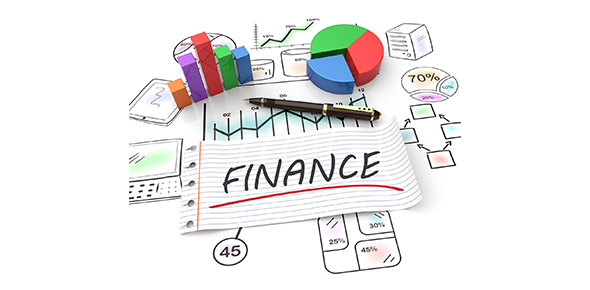Related Flashcards
Cards In This Set
| Front | Back |
|
Development Models for promoting development
|
1. Self-Sufficiency2. International Trade
|
|
Self-sufficiency
|
investment
should be spread equally across all sectors of the economy &
in all regions; imported goods are limited thru high taxes, quotas, &
limited import
licenses (ex: pre-1990 India)
|
|
Self-sufficiency Problems
|
Problems: inefficiency - protects
inefficient industries
large bureaucracy - needed to administer the controls
|
|
International
Trade
|
concentrate
scarce resources on its distinctive local industries (ex:Persian
Gulf Countries)
Problems: uneven resource distribution
(i.e. prices of their commodities do not increase)market stagnation
(i.e. market expansion slows down)
increased dependence
on MDCs (i.e. because of cutbacks in other industries,
countries must by them from MDCs)
|
|
International Trade problems:
|
Problems: uneven resource distribution (i.e. prices of their commodities do not increase)market stagnation (i.e. market expansion slows down)increased dependence on MDCs (i.e. because of cutbacks in other industries, countries must by them from MDCs)
|
|
W. W. Rostow's International Trade Model
|
Stage 1 - Traditional Society -
agricultural, (ex: pre-1776 U.S.)
Stage 2 - Preconditions for Takeoff
- investment in new technology & infrastructure (ex: water supplies & transportation), (ex: first 1/2 of
19th C. U.S.)
Stage 3 - Takeoff - rapid growth in a
few takeoff industries (ex: textiles, foods), (ex: middle19th C. U.S.)
Stage 4 - Drive to Maturity -
modern technology diffuses to various industries; workers become
skilled & specialized, (ex: late 19th C. U.S.)
Stage 5 - Age of Mass Consumption -
economy changes from heavy industry to consumer goods,
(ex: early 20th C. U.S.)
|
|
W. W. Rostow's International Trade ModelStage 1
|
Stage 1 - Traditional Society - agricultural, (ex: pre-1776 U.S.)
|
|
W. W. Rostow's International Trade ModelStage 2
|
Stage 2 - Preconditions for Takeoff - investment in new technology & infrastructure (ex: water supplies & transportation), (ex: first 1/2 of 19th C. U.S.)
|
|
W. W. Rostow's International Trade ModelStage 3
|
Stage 3 Takeoff - rapid growth in a few takeoff industries (ex: textiles, foods), (ex: middle19th C. U.S.)
|
|
W. W. Rostow's International Trade ModelStage 4
|
Stage 4 - Drive to Maturity - modern technology diffuses to various industries; workers become skilled & specialized, (ex: late 19th C. U.S.)
|
|
W. W. Rostow's International Trade ModelStage 5
|
Stage 5 - Age of Mass Consumption - economy changes from heavy industry to consumer goods, (ex: early 20th C. U.S.)
|
|
Measures Used To Gauge Development (9)
|
1)
gross national product per capita (person) (GNP) = (Σ
income)/population GDP
= total value of all materials, foodstuffs, goods & services that are
produced by
a country in a particular year GNP
= GDP + income from abroad (ex: profits & losses from overseas investments)
2)
occupational structure of the workforce
3)
productivity per worker = (Σ production)/labor force
4)
consumption of energy per person (this must be viewed however w.r.t. climate)
5) transportation &
communication facilities per person (ex: railway, road, airline connections,
telephone, radio, television, etc.)
6)
consumption of manufactured metals per person
7)
life expectancy
8)
infant mortality
9)
rates - literacy, caloric intake, savings, percent of income spent on food,
etc.
|
|
U.N. Human Development Programme's (UNDP)
|
(UNDP) Human Economic
Development Index (HDI), - developed in 1990, ranges from 0 to
1 (i.e. 0 to 100%), uses one economic factor (GDP per capita)two
social factors (literacy rate & education) one
demographic factor (life expectancy)
|
|
Economic Indicators
|
1. GDP - problem: it's a mean 2. Economic Structure - types of jobs
3) Productivity - value of a
particular productcompared to the amount of labor needed to makeit- can be measured by the value added (higherthe
value added = higher the
4)
Raw Materials + Energy - serve as a measure of development potential rather
than actual development
5) Consumer Goods
|
|
|
a)
primary - extractive industries (agriculture, mining, quarrying, fishing,
forestry)
b)
secondary - manufacturing
c)
tertiary - services (retailing, banking, law, education, government)
d)
quaternary - information (data processing, information retrieval, R&D)
|







